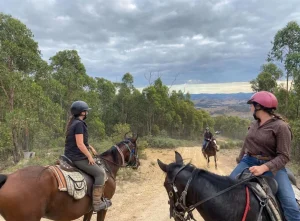
Uluru, often called Ayers Rock, looms large in the heart of Australia’s outback, pulling global tourists who travel from afar to behold its stunning grandeur and recognize its spirituality. Yet a trip to this famous sandstone formation is filled with risks that could detract from the experience or dishonor the traditions of its Indigenous owners. This piece delves into some common blunders committed by visitors when they are at Uluru thereby providing insights and tips on how one can visit it respectfully and fruitfully.
Failure to Look for Formality and Guidance concerning Visiting
One of the worst errors ever made by tourists visiting Uluru is ignoring what it means to local people, Anangu, about this spiritual place. Uluru is more than just an incredible natural wonder – it is a holy site that deserves respect. Often times tourists come without any knowledge about cultural protocols and as a result behave in a way that many find deeply disrespectful.
Lack of Appreciation for Cultural Significance
The picturesque massive red rock formations around Uluru may entice guests into considering their tour as another sightseeing trip where climbing up appears attractive at all costs without understanding its significance in gospel context. While this act shows disrespect towards Aboriginals, it also denies the visitor a chance to have deeper insight into and connection with the place. It’s essential to know about the relationship between Anangu and Uluru before you come here since they have been part of native folklore for centuries.
Neglecting Restricted Areas
Some areas close to Uluru are off-limits because they are sacred sites or environmentally sensitive spots. These zones are well marked but still most sightseers fail either spot such signs or pay attention to them purposely. Complying with these prohibitions not only indicates due regard but also serves as a legal obligation since trespassing restricted regions carries penalties.
Inattention toward Health Safety Measures
Given its isolation within Northern Territory’s desert landscape, Uluru is a unique place that presents specific challenges and threats especially to people who are unfamiliar with such locations. The deserted beauty of Australian wilderness can deceive one by hiding away potential dangers it poses for an unskilled traveler.
Undervaluing the Severity of Conditions
Uluru visitors often underestimate how severe weather can be in this area where daytime temperatures can reach dangerous heights but also drop dramatically after sunset. Hence, wearing appropriate clothes that are light and breathable during the day as well as warm layers for the cooler nights is important. In addition, one should not forget about getting hydrated because in dry desert air dehydration may occur very fast even before you realize.
Neglecting Emergency Preparedness
While visiting Uluru or other remote places it becomes necessary to have an all-inclusive emergency plan. This involves knowing hospitals located at far off distances and making sure there are means of communication that always work properly. Due to their extreme seclusion, minor accidents tend to escalate into major calamities if left unattended.
Failure to Respect Indigenous Cultures
Much of what goes wrong at Uluru stems from a lack of cultural sensitivity towards its traditional owners. This could happen through various forms such as inappropriate conduct or ignorance on local customs.
Misbehaving at Sacred Places
Despite strong discouragement against climbing Uluru or accessing some areas, several tourists still do so. These actions violate both Anangu’s culture laws and lead to environmental degradation spoiling its ecological as well spiritual importance.
Cultural Insensitivity
Engaging with Indigenous societies demands more than watching rituals; it requires actively trying to comprehend and honour their customs. In this regard, visitors should take part in the guided tours by Indigenous Australians to have a better understanding of Anangu Culture among other aspects.
Inappropriate Behavior at Ayers Rock Resort
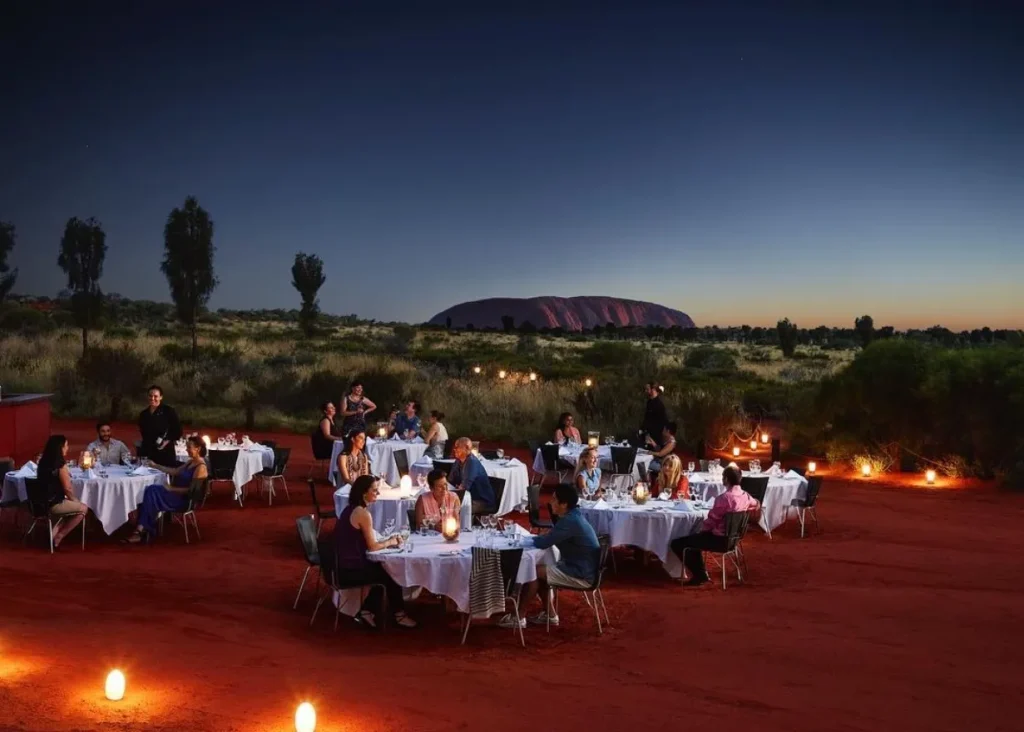
Ayers Rock Resort is the main tourist accommodation facility at Uluru, offering a range of services and opportunities intended to enhance the experience of visiting this iconic attraction. However, tourists sometimes undertake actions that can be disruptive or disrespectful towards staff or fellow guests.
Disrespectful Conduct Towards Staff and Locals
The resort is also deeply integrated into the local community, employing numerous Aboriginal people who bring with them cultural insights and knowledge. To treat these people with anything less than absolute respect is an affront to hospitality itself.
Ignorance of Resort Policies
Every accommodation option in Ayers Rock Resort has its own rules designed to ensure they are safe and comfortable for all travelers. These may incorporate limits on noise levels, water use (important given the arid environment), as well as waste disposal practices. Such instructions are often overlooked by tourists because of either ignorance or on occasions, a misplaced sense of entitlement leading to confrontations and unease.
Visiting Uluru is a privilege that carries obligations for responsible travel behavior. By avoiding such common pitfalls however tourists can enjoy their trip to this venerable spot with sensitivity thus preserving its character for posterity.
Not Being Familiar with the Seasons
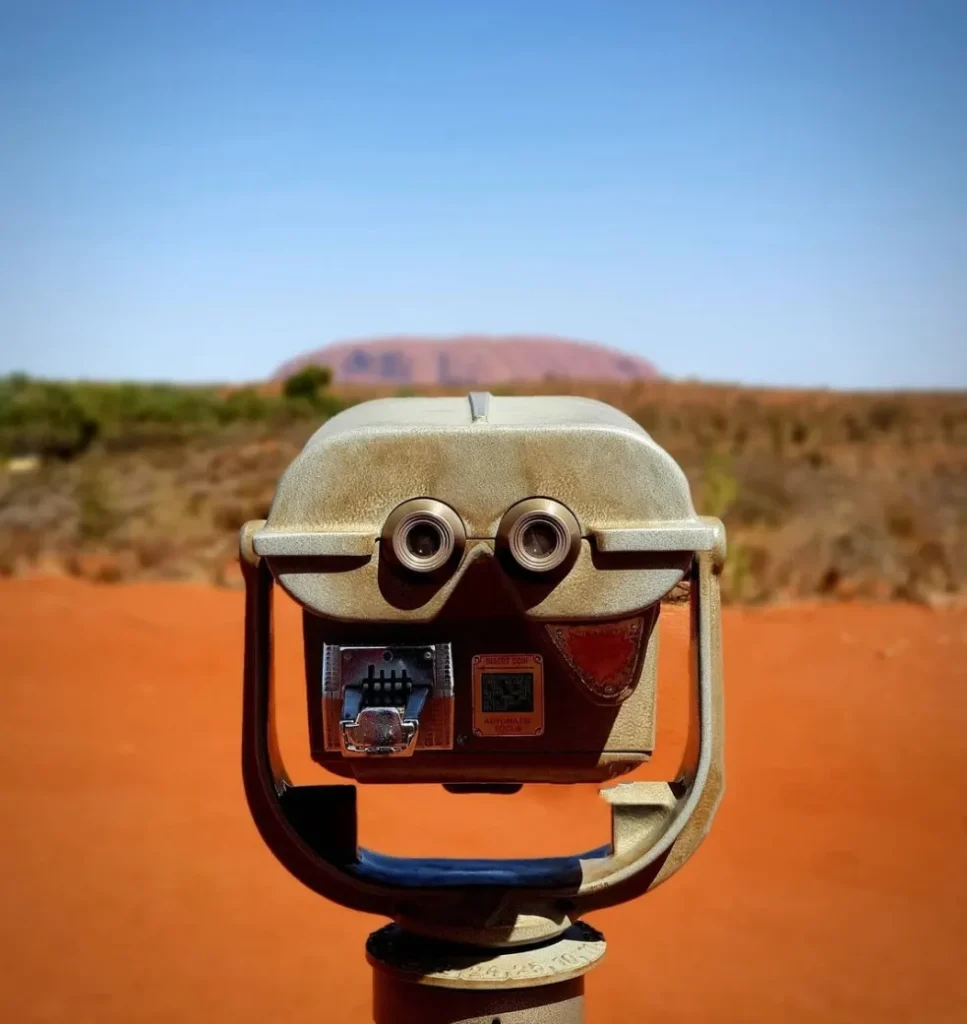
One important aspect which most people do not consider when making plans for their trip to Uluru is how much climate varies throughout the year. Understanding changes from one season to another becomes crucial because weather conditions within the region could ruin your visit completely during any time of year. Summer months have been known to see temperatures rise extremely high while winters carry cooler periods sometimes surprisingly cold particularly at night time.
Visiting During Extreme Weather
When it is not too hot, spring and autumn are the best times to visit Uluru because weather conditions tend to be more stable. Often, tourists make a mistake of coming in the heart of summer when the extreme heat can make their trip uncomfortable and pose serious health issues. Check the weather forecast and come equipped with relevant clothing and gear that will help you cope with these potentialities.
Not Planning in Advance

Uluru’s attraction is no secret as it lures thousands of tourists annually. This means that if you leave planning until the last minute, there might be no rooms available or guided tours already booked to capacity weeks or even months ahead.
Last-Minute Bookings
Failing to book early is a common mistake that can lead to significant disappointments. This implies that during peak tourist seasons, such as around Uluru where there are only a small number of places to stay, including Ayers Rock Resort; visitors may find accommodation hard to secure. This may necessitate them being accommodated at far distances from the park thus reducing its allure and adding extra travel duration.
Skipping Unavoidable Reservations
Apart from just accommodation, there are many activities around Uluru such as guided walks, cultural presentations and camel tours that either require or strongly recommend reservations. This lack of planning can lead to missing out on these activities greatly reducing the richness of Uluru experience which is an opportunity to learn about Aboriginal culture and its natural history.
Skipping Out on Travel Insurance
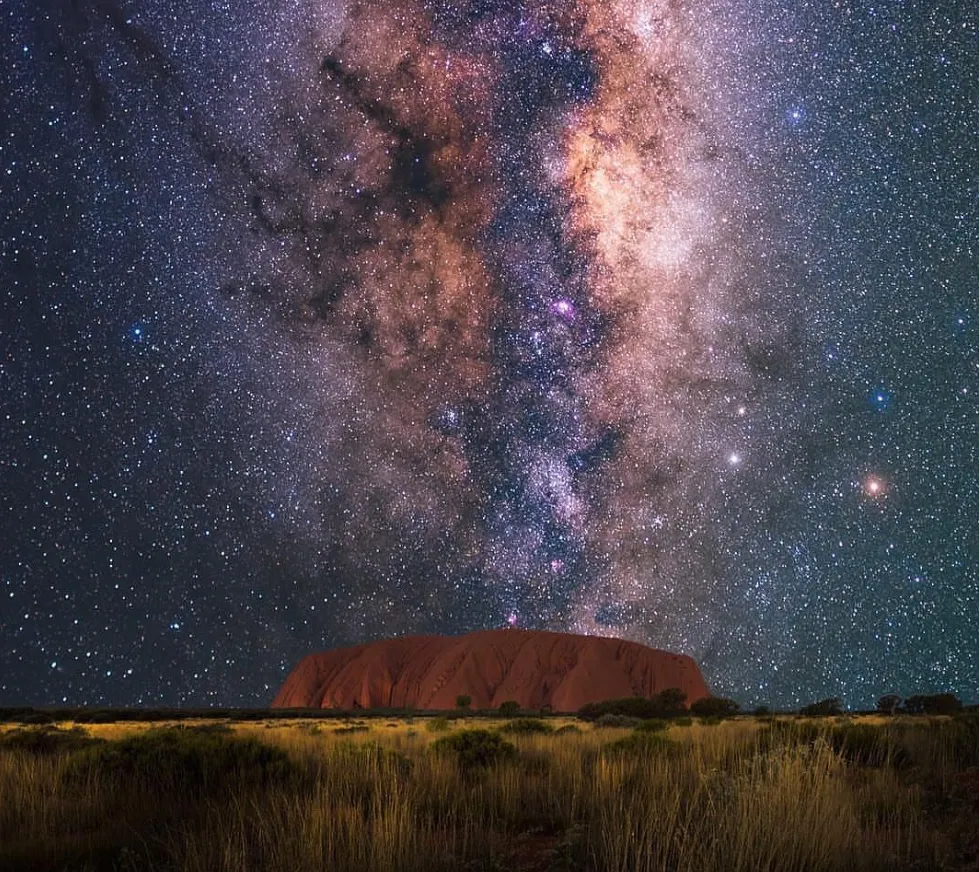
Travel to remote places like Uluru involves some risks ranging from minor travel inconveniences to major medical emergencies. Many tourists rarely think of travel insurance until it is too late; however, it serves as a lifesaver.
For instance, lost baggage or emergency medical services may be covered under the policy and they are most crucial in remote areas such as Uluru where the closest hospital lies at least hundreds of kilometers away. Having enough cover can be the difference between a slight hiccup and a trip that is completely disrupted.
Over Packing
When packing for a trip to Uluru, less is definitely more. Due to its remoteness traveling light becomes not only convenient but necessary. Most people tend to pack for a holiday resort rather than for a far off national park.
The Pitfalls of Overpacking
When going for walks between accommodations or even walking tours heavy luggage may become an encumbrance. Focus on basics such as comfortable shoes for walking, sufficient changes of weather-compatible garments and personal effects that you cannot do without. Each additional item will add weight and complicate logistics especially if you have plans of taking small charter flights or guided tours where weight does matter in this case.
Not Getting to Know the Locals
One of the most enriching parts about visiting Uluru is engaging with the local community members who have been living around and in it since time immemorial. The Anangu individuals’ cultural knowledge gained over centuries increases value enormously during visits here.
The Importance of Cultural Engagement
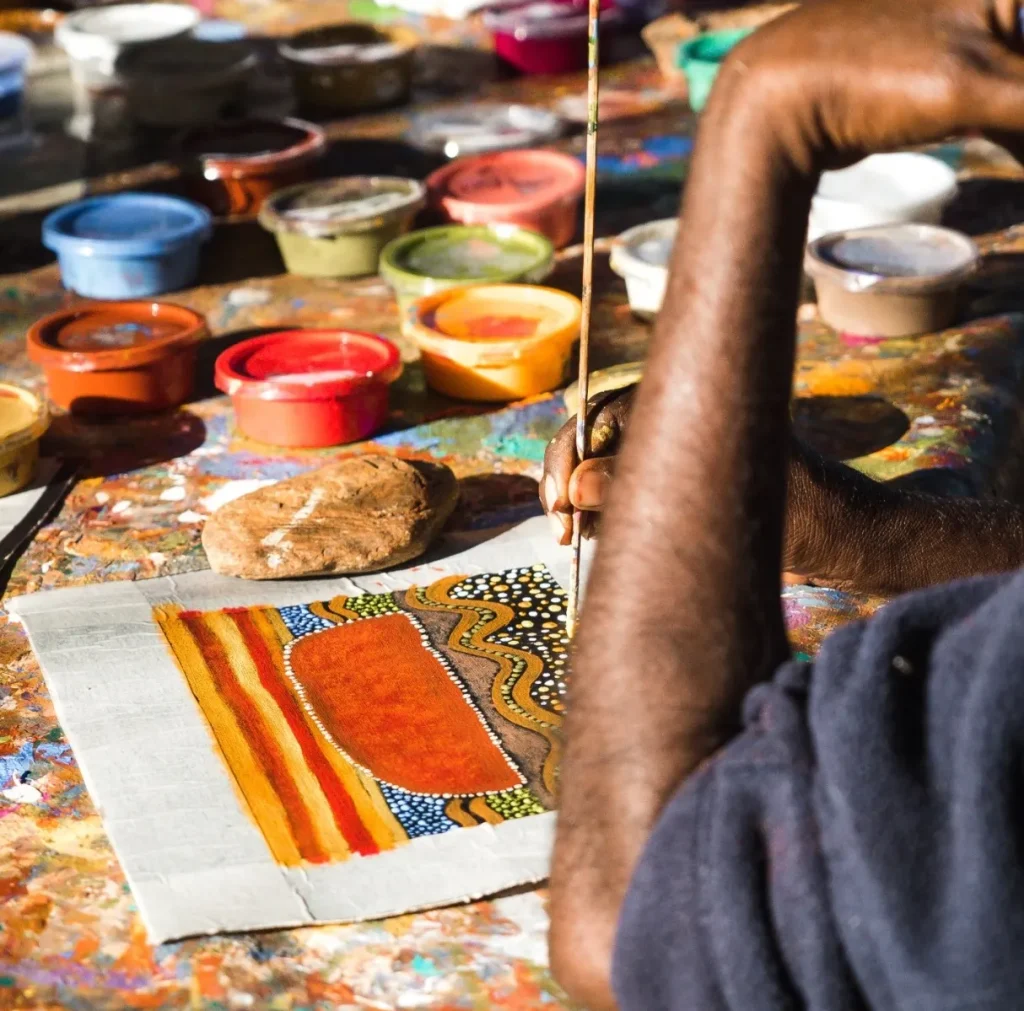
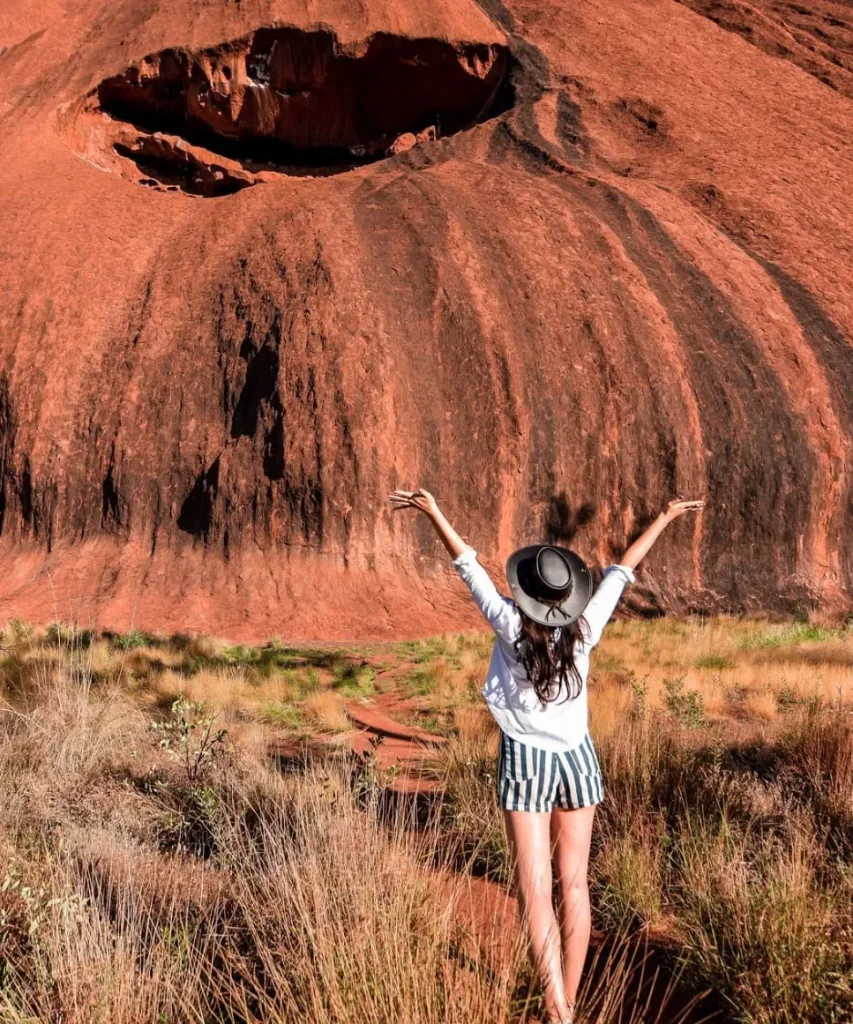
Through failing to interact with locals visitors deny themselves authentic experiences that would help them appreciate the area and its customs better. Just going for a guided local Uluru tour, visiting the cultural center or even eating at the local-owned eateries can provide deep insights into life and history of Indigenous Peoples.
Not Allowing Enough Time for Each Destination
There is more to Uluru than just a single rock; it is an immense culturally rich landscape that needs in-depth exploration. Many people underestimate the time required to fully enjoy Uluru and its surroundings.
Rushing the Experience

Trying to cram all the activities into one or two days can lead to a rushed and superficial experience. It’s advisable to allow several days not only for exploring Uluru but also nearby Kata Tjuta as well as various cultural, historical and natural sights. This supports a deeper sense of connection with this land and its stories ensuring a more unforgettable visit.
Conclusion
A trip to Uluru offers an opportunity to connect with one of the world’s most ancient landscapes as well as its indigenous culture. If travelers avoid these common mistakes, they will be able to honor the cultural significance and preserve natural beauty of Uluru while having a secure and fulfilling experience in it. Being prepared, thoughtfully and respectfully approaching your journey toward this iconic Australian landmark are what make all your efforts count
FAQs
What should I pack for Uluru?
A hat, high-quality sunglasses, sunscreen, hiking boots that won’t fall apart after the first 5 miles of your trip, a good camera and some kind of warm clothing for sudden changes in the weather. And you may want to carry around a reusable water bottle.
Can I participate in any cultural activities at Uluru?
Yes, there are many cultural activities which take place at Uluru as well. These include guided walks by Anangu guides, storytelling sessions and art workshops among others where you can learn directly from Indigenous people.
What are the must-see attractions around Uluru?
In addition to the rock itself, Kata Tjuta formations, Field of Light installation and cultural centre offering insights into local Aboriginal history and culture should be visited.
How long should I spend at Uluru?
I would say three days minimum to be able to really enjoy all the attractions surrounding Uluru without being too rushed.
Should I take an organized tour or go independently?
Though it is possible to travel on one’s own but there is no doubt that taking guided tours has its advantages like expert insights into areas that might otherwise be overlooked. Besides this they also ensure that all activities are done with respect and appropriateness as required by local indigenous laws and customs.

